T4K3.news
Gulf Stream at Risk
A new study links stalagmites in Bermuda caves to potential changes in the Gulf Stream and AMOC, signaling possible shifts in global weather.
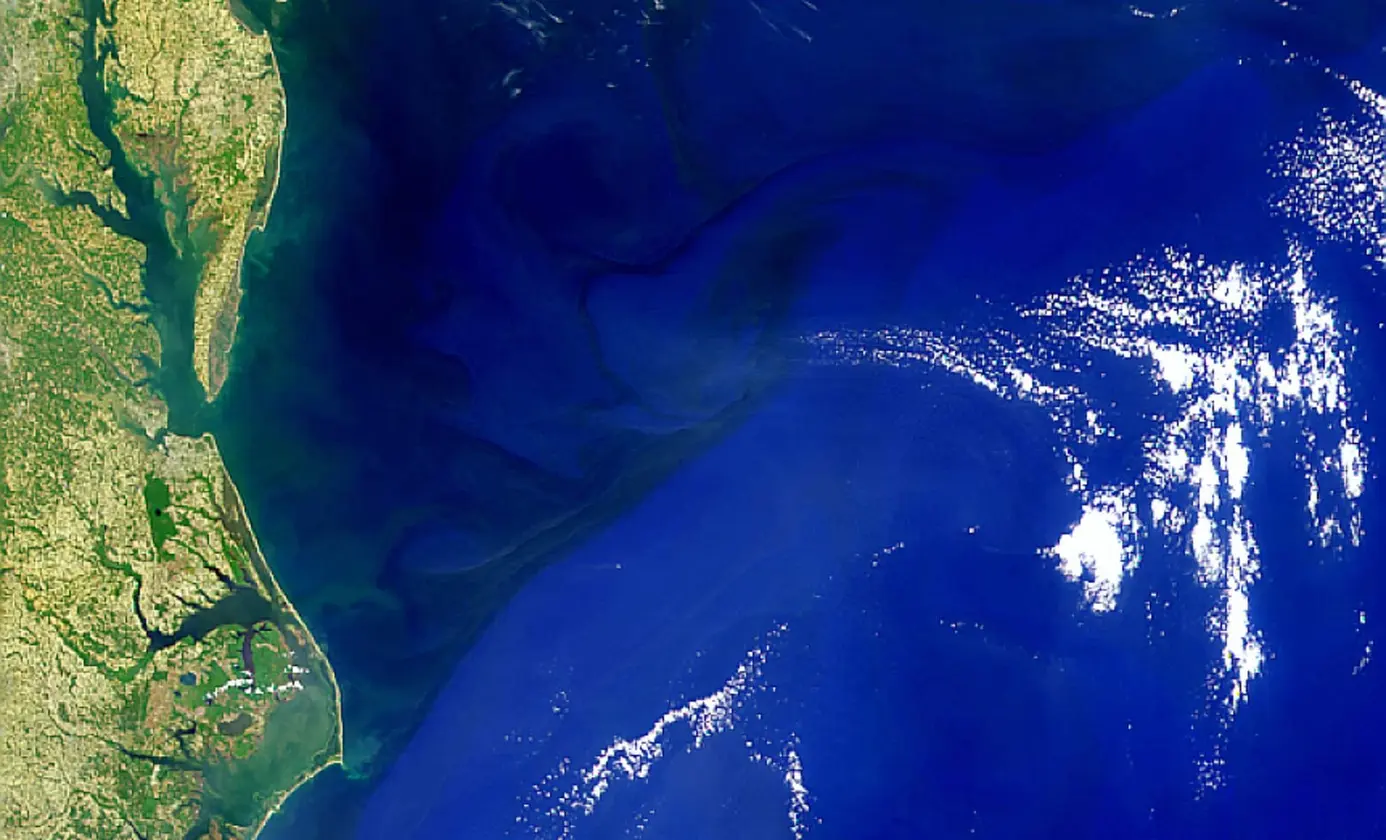
A new study uses Bermuda stalagmites to trace Gulf Stream history and warns that AMOC instability could reshape global climate.
Gulf Stream Faces Potential Collapse as AMOC Weakens
A team led by Edward Forman of the University of Southampton and James Baldini of Durham University reconstructed centuries of Gulf Stream behavior by analyzing stalagmites in Bermuda caves. The method relies on chemical traces in speleothems, which form as mineral deposits grow slowly over time and capture signals from past water conditions. Published in Nature Communications Earth & Environment, the work adds a long view to current discussions about ocean circulation and its link to regional climates.
The researchers traced Gulf Stream movement back to 1449, finding that about 300 years ago the current shifted northward, coinciding with a weakening of the Atlantic Meridional Overturning Circulation. This suggests the AMOC may have been more variable in the past than previously thought and raises questions about how sensitive the system is to changes in climate. As global temperatures rise, some climate models warn of further AMOC destabilization, with a subset predicting a possible collapse within this century.
Key Takeaways
"Analysing the chemistry of one of these stalagmites has thus enabled us to indirectly reconstruct past sea surface temperatures."
Method explanation from the study authors about how stalagmites serve as a climate archive.
"A sustained movement of the Gulf Stream would lead to changing regional temperatures, rainfall patterns and more extreme weather."
Key finding about potential weather impact from Gulf Stream shifts.
"This could have serious implications for wildlife and food security, as ecosystems struggle to adapt to the changing climate."
Editorial assessment of ecological and food system risks.
"The AMOC could experience further destabilization, with some models predicting a collapse of the system within this century."
Modeling-related risk about AMOC stability.
The study highlights the value of paleoclimate data in grounding models of ocean circulation. It underscores that even small shifts in major currents can ripple into regional weather, rainfall, and agricultural productivity. At the same time, the findings rely on a single regional proxy and come with uncertainties about how representative Bermuda’s record is for the broader North Atlantic. Policymakers should weigh these results with ongoing observations and refinements to climate models, rather than treating them as a single forecast. The message is clear: the ocean system behind Western Europe’s climate is delicate, and its future behavior remains a key uncertainty in a warming world.
Highlights
- Stone records whisper about a warming future
- When currents wobble weather shifts follow
- Past clues present risk in one ocean system
- Caves hold a map to the sea memory
Further data and cross-disciplinary collaboration will be essential to gauge the severity of AMOC risks.
Enjoyed this? Let your friends know!
Related News
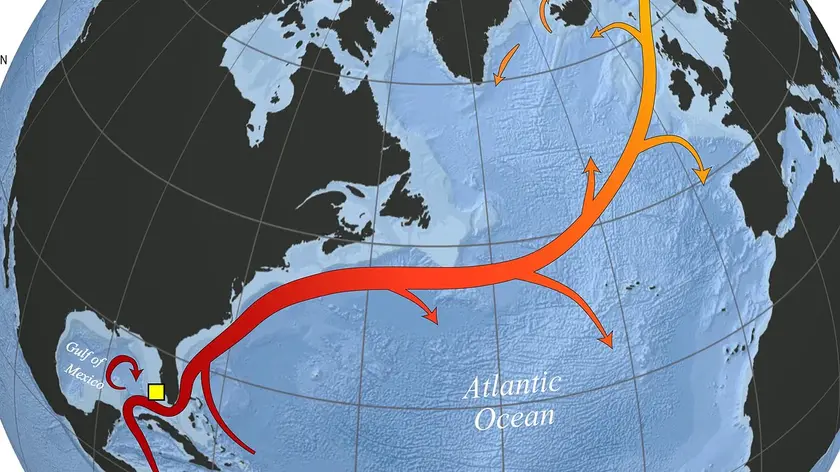
Gulf Stream Nears Tipping Point
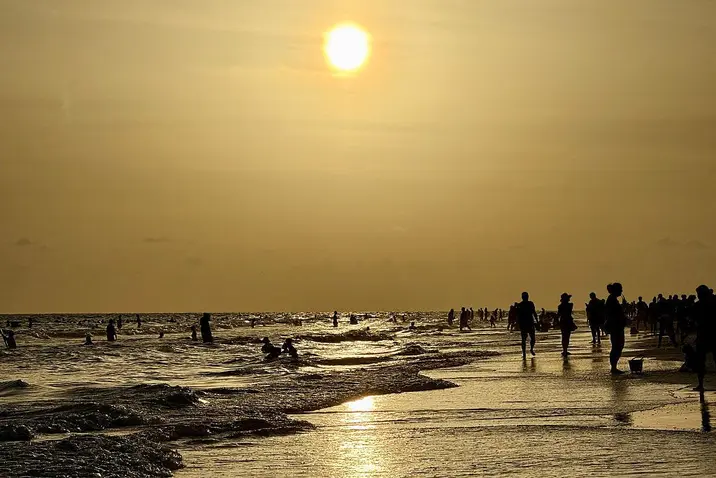
Rise in flesh-eating bacteria cases alarms health officials
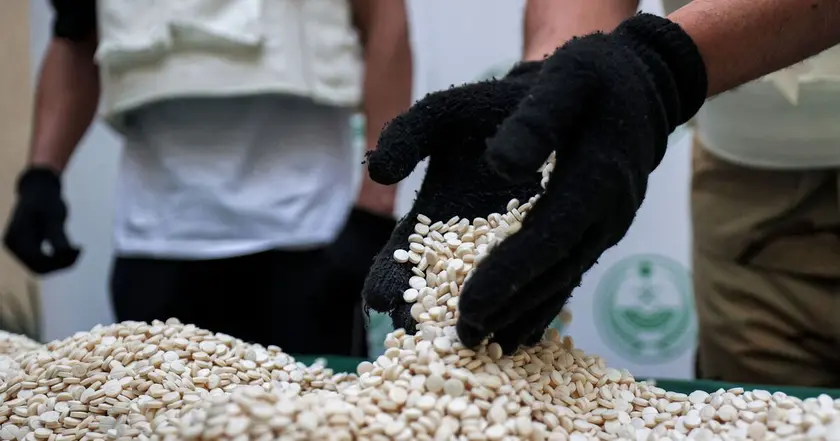
Captagon threat to UK markets

Katie Taylor vs Amanda Serrano 3 carries risk of £1,000 fine for viewers

28 Years Later Streaming Release Date Announced
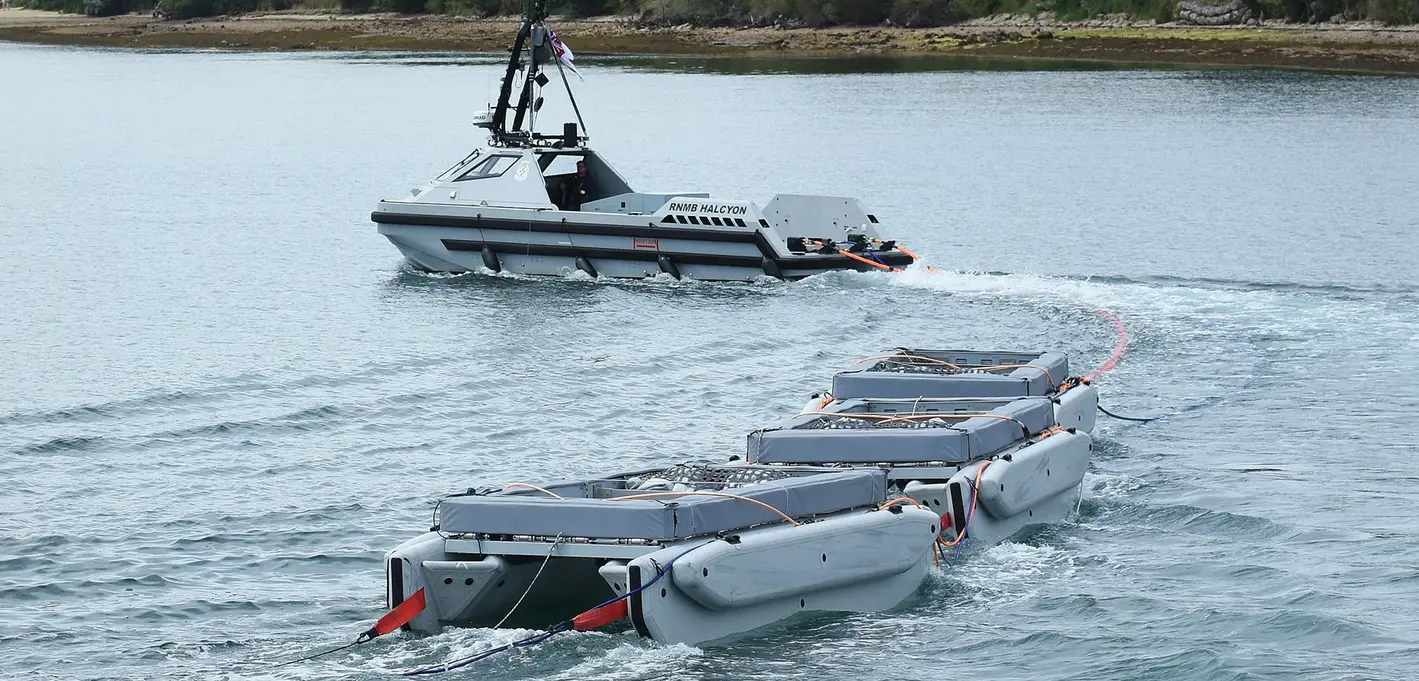
Royal Navy re-establishes minesweeping capabilities

Warm seas drive surge of flesh-eating Vibrio along coasts

Health alert issued for Gulf Coast Vibrio cases
